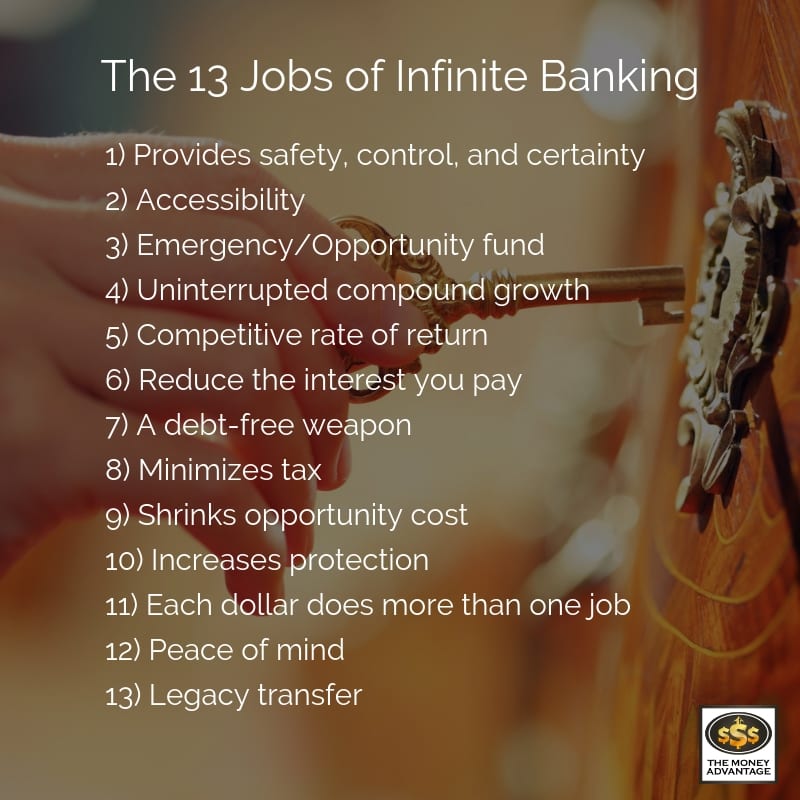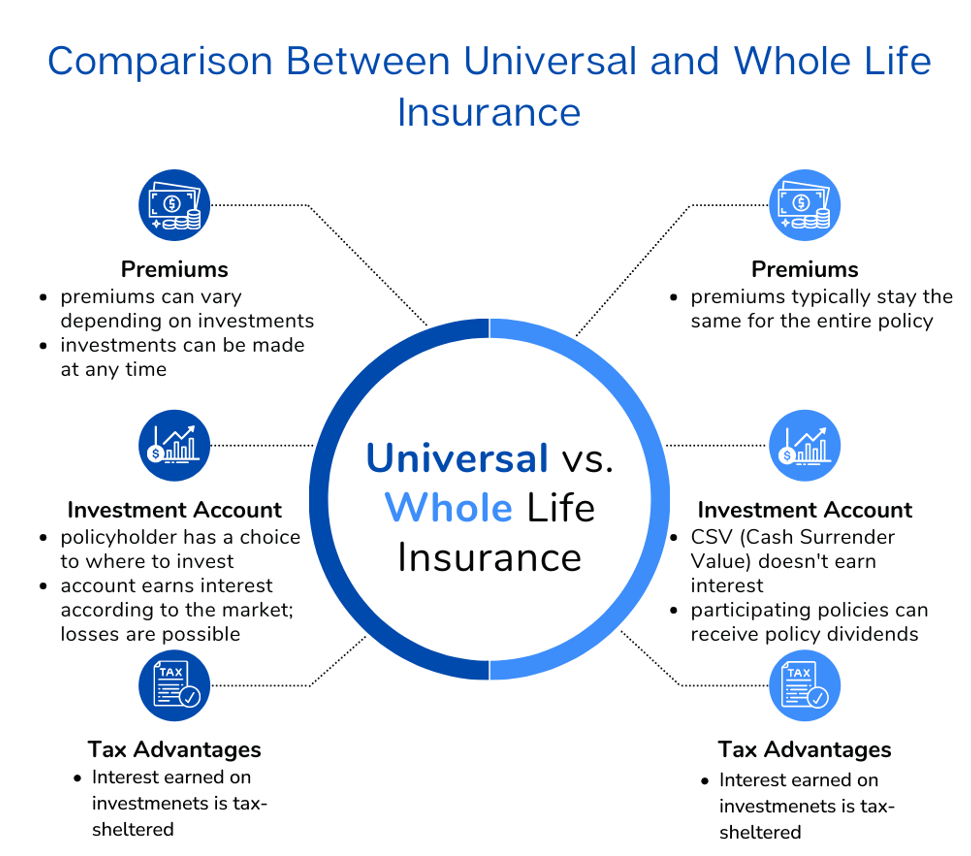All Categories
Featured
Table of Contents
Okay, to be fair you're really "banking with an insurance coverage business" rather than "banking on yourself", however that principle is not as very easy to market. It's a little bit like the concept of purchasing a home with cash, then borrowing against the residence and placing the cash to work in one more financial investment.
Some people like to discuss the "rate of cash", which essentially implies the same thing. Actually, you are just maximizing take advantage of, which works, however, certainly, functions both ways. Truthfully, every one of these terms are rip-offs, as you will see below. But that does not suggest there is nothing rewarding to this idea once you surpass the advertising.
The whole life insurance policy industry is pestered by extremely pricey insurance, enormous compensations, unethical sales methods, reduced prices of return, and badly educated clients and salesmen. If you desire to "Bank on Yourself", you're going to have to wade right into this industry and in fact buy whole life insurance. There is no alternative.
The warranties fundamental in this item are vital to its feature. You can borrow against many types of cash worth life insurance coverage, yet you should not "bank" with them. As you get an entire life insurance policy plan to "bank" with, bear in mind that this is a totally separate area of your financial plan from the life insurance policy area.
As you will see below, your "Infinite Banking" plan actually is not going to reliably provide this vital financial feature. One more problem with the fact that IB/BOY/LEAP counts, at its core, on a whole life plan is that it can make acquiring a policy problematic for numerous of those interested in doing so.
Infinite Banking Concept Calculator
Dangerous leisure activities such as diving, rock climbing, skydiving, or flying additionally do not mix well with life insurance coverage products. The IB/BOY/LEAP advocates (salesmen?) have a workaround for youbuy the policy on somebody else! That might work out great, since the factor of the plan is not the survivor benefit, however bear in mind that purchasing a plan on small youngsters is a lot more costly than it should be because they are generally underwritten at a "common" rate instead than a liked one.

A lot of plans are structured to do a couple of points. Most frequently, plans are structured to take full advantage of the compensation to the representative marketing it. Negative? Yes. It's the fact. The commission on a whole life insurance policy policy is 50-110% of the initial year's costs. Occasionally plans are structured to make the most of the survivor benefit for the costs paid.
With an IB/BOY/LEAP policy, your goal is not to maximize the fatality advantage per dollar in costs paid. Your goal is to optimize the money value per dollar in premium paid. The rate of return on the policy is extremely important. Among the most effective means to make best use of that variable is to obtain as much money as possible right into the plan.
The most effective way to improve the rate of return of a plan is to have a reasonably small "base plan", and afterwards put even more cash money right into it with "paid-up enhancements". Instead of asking "How little can I place in to obtain a particular survivor benefit?" the inquiry becomes "Just how much can I legally placed into the plan?" With even more money in the policy, there is even more cash value left after the expenses of the death benefit are paid.
An additional benefit of a paid-up enhancement over a normal premium is that the compensation rate is lower (like 3-4% rather of 50-110%) on paid-up enhancements than the base plan. The much less you pay in payment, the higher your rate of return. The rate of return on your cash money worth is still going to be adverse for some time, like all cash worth insurance plan.
Many insurance business just supply "straight acknowledgment" lendings. With a straight acknowledgment funding, if you obtain out $50K, the reward price used to the money worth each year just applies to the $150K left in the policy.
How Does Infinite Banking Work
With a non-direct recognition funding, the firm still pays the exact same returns, whether you have actually "borrowed the money out" (technically against) the policy or otherwise. Crazy? Why would they do that? Who understands? They do. Usually this attribute is combined with some less valuable aspect of the policy, such as a lower reward rate than you might obtain from a policy with direct recognition loans (be your own banker nash).
The firms do not have a resource of magic complimentary money, so what they give in one place in the policy have to be extracted from an additional location. If it is taken from a feature you care much less about and place into a function you care more about, that is a great thing for you.
There is another important attribute, typically called "clean car loans". While it is terrific to still have rewards paid on money you have secured of the plan, you still need to pay interest on that particular finance. If the returns rate is 4% and the financing is billing 8%, you're not exactly appearing in advance.
With a laundry finance, your loan rate of interest rate coincides as the reward rate on the plan. While you are paying 5% passion on the finance, that rate of interest is totally balanced out by the 5% reward on the funding. In that respect, it acts simply like you withdrew the cash from a financial institution account.

5%-5% = 0%-0%. Without all three of these factors, this plan merely is not going to function really well for IB/BOY/LEAP. Almost all of them stand to benefit from you getting into this idea.
As a matter of fact, there are several insurance coverage representatives discussing IB/BOY/LEAP as a feature of whole life who are not actually marketing plans with the essential features to do it! The trouble is that those who recognize the principle best have a substantial conflict of rate of interest and typically blow up the benefits of the principle (and the underlying policy).
Unlimited Banking Solutions
You need to compare loaning against your plan to withdrawing money from your financial savings account. No money in cash money value life insurance policy. You can place the cash in the financial institution, you can invest it, or you can buy an IB/BOY/LEAP plan.
You pay taxes on the rate of interest each year. You can conserve some even more money and put it back in the banking account to begin to gain interest again.
When it comes time to get the boat, you market the investment and pay tax obligations on your lengthy term resources gains. You can save some even more money and buy some more financial investments.
The money value not used to spend for insurance and compensations expands over the years at the reward price without tax obligation drag. It begins with adverse returns, yet ideally by year 5 approximately has broken also and is growing at the reward price. When you go to buy the watercraft, you borrow versus the policy tax-free.
Rbc Infinite Private Banking
As you pay it back, the money you paid back starts growing again at the dividend rate. Those all job pretty similarly and you can contrast the after-tax prices of return. The fourth choice, however, functions very in different ways. You do not conserve any type of cash neither acquire any type of kind of financial investment for several years.
They run your credit report and provide you a financing. You pay passion on the borrowed money to the financial institution up until the loan is repaid. When it is settled, you have a virtually pointless boat and no money. As you can see, that is nothing like the initial three options.
Latest Posts
Infinite Banking Concept Life Insurance
Infinite Income System
Infinite Banking Concept Book